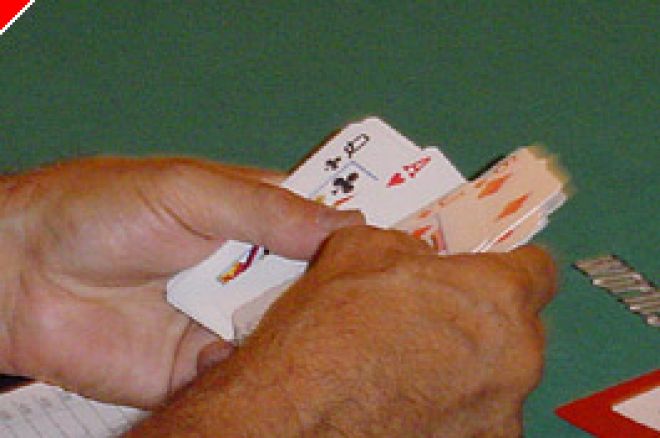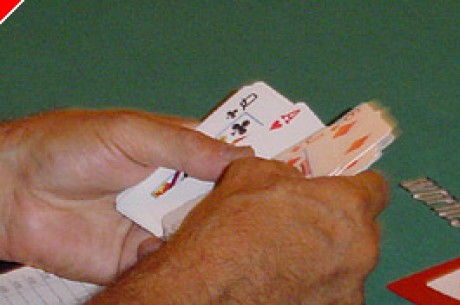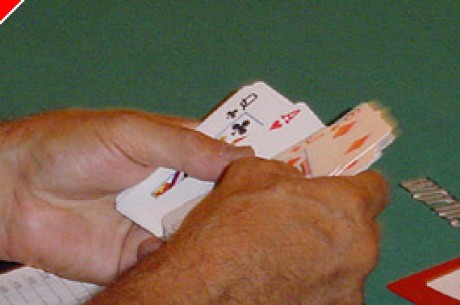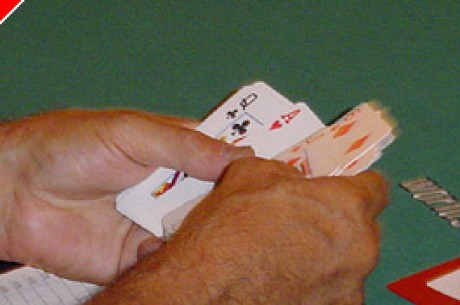Stud Poker Strategy - Adjustments for a Very Good Game, Part 1

You will sometimes find yourself in a berry patch, a fish farm, or a honey pot – all synonyms for a very good poker game. What makes it good? By my standards, a bunch of loose and passive players. I'm not talking about the highly aggressive, ram and jam games with lots of wild or bullying players – though they can be very lucrative as well if you're prepared for the roller coaster ride. I'm talking about games where there's little pressure from most of the other players – though there may be one wildman in the game, and lots of calling when you initiate the action.
A typical good game has a completion on 3rd street and three or four callers. There may be a bet on 4th street, with two or three callers. And sometimes there will be a round or two of checks before the river – with three or so players participating in a showdown. Now that's a good game.
These games don't happen all the time. Still, at Foxwoods where I play regularly, and at Caesar's Indiana where I've played occasionally, they exist at the mid limits of $20/40 and $30/60. How can you, the observant, serious, disciplined and thoughtful student of the game take advantage of these great opportunities when they arise? That's the question I'd like to answer.
Rule #1: Don't play with scared money.
That's not just a rule for this game of course. One should never play with scared money. But it's even more so in a game where it may take some aggressive betting and frequent calling to pull down your share of the large pots. In a typically structured and typically tight $10/20 game you can play with a relatively short stack from time to time because the game is structured to encourage a lot of folding early on. Antes are relatively small – players I've found tend to be similarly tight and aggressive to compensate for this. So you don't need relatively deep pockets to play an optimal strategy.
But in the loose passive game you're going to want to play many hands – and play very aggressively to maximize your betting leverage to knock loose opponents out of the hand. This requires a relatively larger stack – and a relatively more aggressive stance. They both take money, and confident money at that. So make sure you're bellying up to the table with a full wallet.
How much is enough for you to do this. Part of this depends on your disposition. Some players are just psychologically unable to play very big no matter how much money they have. For whatever reason, even if someone game them $100,000 with which to play poker, they'd feel uncomfortable reraising a $40 bet on fifth street, even if they knew it to be the right play. Similarly, other players are perfectly comfortable gambling their last $300 in the world. They are at peace with the concept of tap city.
For me, I like to have $2,000 for a session of $20/40 – that's 50 big bets. I feel comfortable with $1,500 on the table and another $500 nearby to put into the game so I can stay above $1,000. If my stack goes below $1,000 I start thinking about the money and being short, and other negative thoughts that interfere with my ability to play with both eyes focused on the right play rather than the thinness of my wallet. That's a weakness in my game I admit. But hey, I'm human.
Next column: More rules for playing in a very good game.








